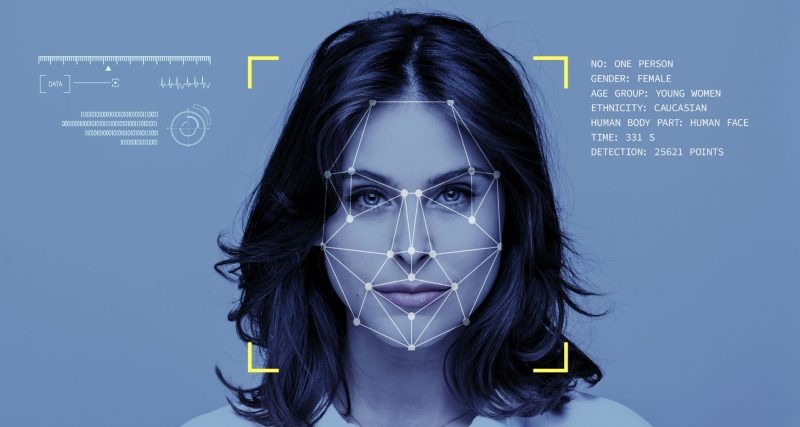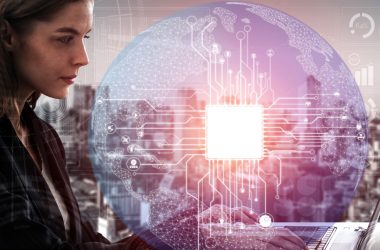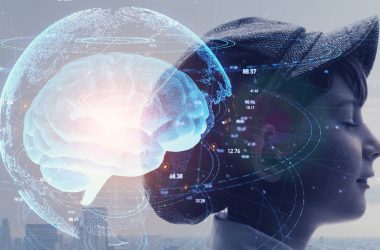In our tech-driven world, it’s hard to find a buzzword as exciting and relevant as “computer vision.” The rise of this advanced discipline is pushing the boundaries of how machines understand and interpret the world around us. The following will try to serve as your comprehensive guide to understanding computer vision, its underlying science, and a glance at its real-world applications.
Understanding Computer Vision: A New Lens to See the World
Computer vision is a multidisciplinary field of artificial intelligence (AI) that trains computers to interpret and understand the visual world. In simpler terms, it’s all about equipping machines with the eye-like ability to recognize and process objects in images and videos, just like humans do.
Computer vision utilizes machine learning models and various algorithms to teach computers how to decipher their surroundings. This understanding can range from identifying a simple object in a photo to understanding complex scenes in a real-time video.
ADVERTISEMENT
Delving into the Science of Computer Vision
When we view the world, our brains naturally and instantaneously interpret the visual data sent from our eyes. This process involves object recognition, depth perception, motion understanding, and more.
However, providing a machine with the ability to do the same involves complex algorithms, mathematical models, and a deep understanding of machine learning. It’s a delicate balancing act of interpreting pixel data from images, recognizing patterns, learning from them, and then making educated guesses about the objects and scenes in the visual data.
The major scientific steps involved in computer vision include:
ADVERTISEMENT
- Image Acquisition: This is the process of obtaining an image or series of images to be analyzed. This might involve a simple static image or a sequence of images, like in a video.
- Preprocessing: Here, the image is prepared for analysis. This could involve reducing noise, adjusting the size, or correcting the image’s orientation.
- Image Segmentation: This involves dividing an image into its constituent parts or objects. The goal here is to simplify or change the representation of an image to make it easier to analyze.
- Object Recognition: This is the step where the machine attempts to identify objects within the image.
- Interpretation: The final step is for the machine to interpret the image, understand the objects, and provide the appropriate output.
Computer Vision in Real-World Applications
Now that we’ve had a glimpse into what computer vision is and the science that fuels it let’s turn our attention to where it’s applied in the real world.
Autonomous Vehicles
One of the most high-profile applications of computer vision is in autonomous vehicles. Self-driving cars utilize computer vision to navigate roads, recognize traffic signs, detect pedestrians, and make decisions that traditionally require human input.
Healthcare
Computer vision is revolutionizing healthcare, making diagnostics faster, more accurate, and more accessible. For instance, it helps detect cancerous tumors in medical imaging, predict patient risk by analyzing physical cues and monitoring patient behavior in real-time.
ADVERTISEMENT
Retail
In retail, computer vision is used in cashier-less stores for automated checkouts. It helps track customers’ movements, identify the products they pick from the shelves, and automatically charge them for the items when they leave the store.
Security and Surveillance
Surveillance systems powered by computer vision can detect suspicious activity, recognize faces, and even predict crime before it happens. It’s providing an extra layer of protection in our increasingly security-conscious world.
Agriculture
Farmers use computer vision to monitor crops and livestock, detect diseases, and improve yield. It’s a powerful tool for making agriculture more efficient and sustainable.
In conclusion, computer vision is an exciting field rapidly evolving and redefining what’s possible with technology. It’s changing how we drive, shop, diagnose diseases, and even farm. As we embrace a future where machines understand and interpret the visual world as we do, we’re unlocking new levels of efficiency, productivity, and innovation.
The Future of Computer Vision
As we advance in computational capabilities and refine our algorithms, the future of computer vision looks promising and limitless. Experts believe we’re at the cusp of a computer vision explosion that will transform multiple sectors of society.
One foreseeable development is the emergence of ‘Super Vision’ computers. These machines will surpass human vision capabilities, identify microscopic details, perceive beyond the visual spectrum, and perhaps even interpret complex scenes in real time with near-perfect accuracy.
Furthermore, computer vision will continue to bolster advancements in virtual reality (VR) and augmented reality (AR), creating more immersive and interactive experiences. From gaming to remote work, these applications have the potential to revolutionize how we interact with the digital world.
Finally, computer vision technologies must balance innovation with ethical considerations in an era increasingly concerned with privacy. As these systems become more embedded in our daily lives, we must ensure they are used responsibly and with respect for individual privacy.
Conclusion
Computer vision is a fascinating domain of artificial intelligence, bringing together various scientific disciplines to give machines the power to see, interpret, and learn from their visual surroundings. This technology swiftly permeates different sectors, significantly enhancing efficiency and transforming operations. While the science of computer vision is complex, its principles and objectives are straightforward – to create a synergy between artificial intelligence and human-like visual understanding.
As we continue to demystify computer vision and unveil its infinite potential, there’s no doubt that this powerful technology will reshape our future and change the way we perceive the world. Stay tuned to witness this extraordinary journey!








